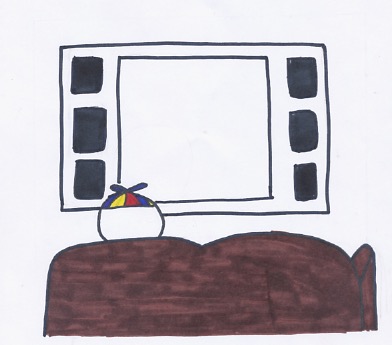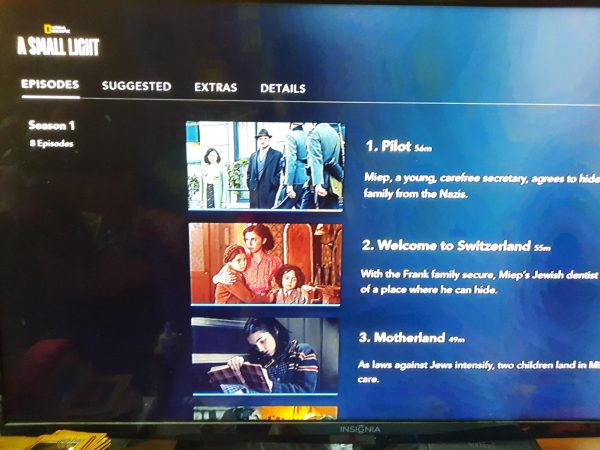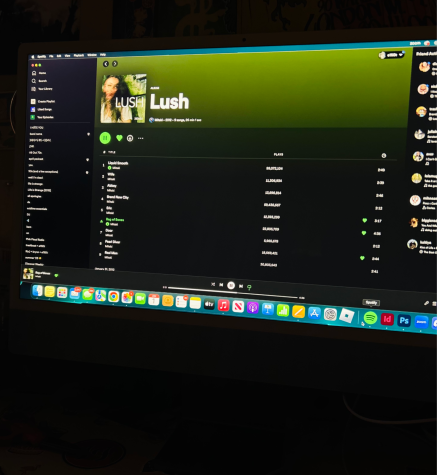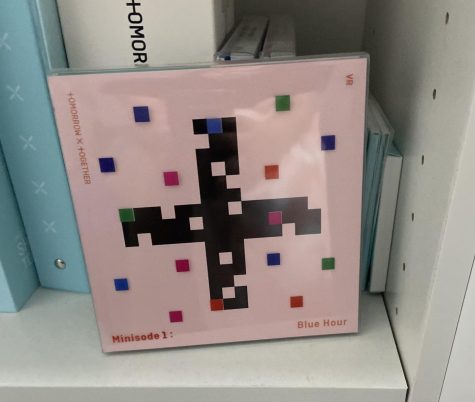Films Should Not be Prejudiced on Perception

While most children would rather watch animated films, there are still some who would rather watch older movies like Casablanca or Citizen Kane.
I’ve heard people ask me something along the lines of, “Why would you watch that film?” This is typically a question provoked by me mentioning a film considered “old,” for “kids,” or “foreign” to the general public. As a film buff, with over 150 movie reviews under my belt and hundreds more I’ve seen, I want to treat the entire medium with respect. Because of this, one of the strongest opinions I hold is that nothing should be judged based on how a person may initially perceive it.
I first brought up “old” movies, and how they’re no longer worth watching in the public’s eyes. They may be aware of the existence of a film like Citizen Kane, but how many have watched it? Can tell you the plot? I’m guessing not many. In my opinion, it’s one that truly deserves the praise it’s received. When I try to recommend it as I would any other film, I don’t know why people turn it down because the film is “too old.” It’s entertaining as well as innovative for its time. You want to know a film that was released two years prior and could be described the same way? The Wizard of Oz, which almost everybody recognizes, has seen, and has a deep reverence for. Why can that film enjoy popularity in the 21st century, but Citizen Kane cannot? Admittedly, The Wizard of Oz has a more built-in popularity due to being kid-friendly and a childhood favorite of adults, but other older films maintain relevance too. Citizen Kane tells a riveting story of rising to power that can be understood today; Bringing Up Baby was one of the first films to establish romantic comedy tropes still seen today; It’s a Wonderful Life effectively conveys the timeless message of the world not being the same without you. If you have an issue with the black-and-white element, think of it as a tool supporting the film: Mel Brooks’ Young Frankenstein and Tim Burton’s Ed Wood came out in 1974 and 1994 respectively, long after Technicolor became common. Both chose to shoot their movie in black-and-white to fit the source material (in Brooks’s case, it was to replicate the cinematography of the original Frankenstein; in Burton’s case, it was to pay homage to Ed Wood’s filmography of B-movies). 1994’s Clerks was shot in black-and-white due to budgetary concerns, and no one complains about that. Even Citizen Kane, a film limited to black-and-white cinematography and a full-frame aspect ratio, took complete advantage of this, creating iconic shots from the camera setup, shadows, and visual imagery from the contrast of white and black. Another thing I don’t get about “old” movie shaming is the vague cutoff. Why can Amadeus be considered “old” when it came out the same year as a pop culture favorite, 1984’s Ghostbusters? Granted, Amadeus is more of a niche film (focusing on the rivalry between classical music composers Mozart and Salieri), but even it managed to win over mainstream crowds. Despite its release during the heyday of MTV, Amadeus did surprisingly well at the box office.
I often find myself defending “kids” movies which, according to the public, is defined as one animated and/or has a plot so ridiculous it’s impossible to take seriously. Hollywood tried to escape this by practically silencing the G-rating, but now audiences consider a “kids” movie rated anything as high as PG-13. If a film contains any amount of childish behavior or wonderment, it falls into the “kids” category. I don’t like people calling “kids” movies bad without having seen them, but I also don’t like excusing a movie as passable because it was “made for kids.” Kids may not realize it, but they deserve better than a soulless film made by adults who think no one will care. A majority of the movies I was raised on were Disney’s 2D animated classics. Many were decades old, but I still resonated with these stories because of their execution, breaking barriers by being both clever and darker than standard children’s flicks. Movies like Coraline or The Brave Little Toaster may look perfect for children, but if you check them out, there’s not only more effort put into the writing and story than necessary, but there are some intense moment. What makes them work is that they serve a purpose in the grand scheme of their respective stories: to teach people to appreciate what they have, and display subtle commentary of fate and what it means to be outdated through the perspective of household appliances. Some “kids” movies manage to combine both smart writing and a less-than-upbeat tone to explore darker themes like in The Secret of NIMH with a G-rating. But you would never guess because, due in part to the studio’s marketing as well, the DVD covers of Brave Little Toaster and Secret of NIMH make the film look like it’s meant for no one over preschool age. How about Mister Rogers’ Neighborhood, a show that aired on PBS Kids for decades? Strictly meant for kids, right? In that case, how come so many adults watch clips from his show and admire everything the man stood for, so much so that a documentary (Won’t You Be My Neighbor?) was recently released, celebrating the man’s impact on culture. I’m reminded of when I once heard an adult say that Home Alone was good, “even though it is a kids movie.” That part stuck out to me. An adult needing to defend his opinion on a movie loved by people of all ages. The adult thought they were above such childish fare, and there is no way Home Alone could serve as anything but a guilty pleasure. What confuses me are the vague standards by what classifies a film as “kid oriented.” Most Disney films, whether from the studio or their owned properties, are classified as “kids” movies, yet are almost always successful. You could argue box office revenue is attributed to kids dragging their parents to the theater, but even outside of Disney, why are some franchises conveniently excluded from the “kids” movie lineup? The Harry Potter franchise appeals best to kids, especially since that’s when most of the audience got introduced to the series, yet teens and adults seem to make up a majority of the fanbase. Could it be nostalgia? Most likely. In that case, apply that same logic if these types of films were released today. Would you look down upon Toy Story, Star Wars or Harry Potter if they were starting from the ground-up in 2018?
It’s no surprise that foreign films aren’t popular in the U.S. But I’m not saying we should take interest in all of them. I too love blockbusters, and get that some foreign films can deal with obscure or unpleasant subject material. But to say a film isn’t worth watching because you have to read the dialogue is a pathetic excuse. Even dubs are more acceptable. My introduction to foreign language films came from Disney, oddly enough: when they released a handful of Studio Ghibli animes to DVD, they were redubbed with celebrity voice actors. In retrospect, it was a nice way of bridging the gap between something completely foreign and something familiar. I can understand not watching foreign films as a kid or adult if you can’t read fast enough to comprehend the dialogue, but not if it’s out of laziness. Subtitles have not stopped me from loving films like Cinema Paradiso, The Orphanage or Tokyo Godfathers. The U.S. isn’t the only place where movies are made, and foreign films are another outlet to explore someone’s vision from a different environment.
Everyone has their own unique voice in entertainment, whether through making or critiquing a product. But denying that “old” movies, “kids” movies or “foreign” movies have the power to offer anything investing is utterly wrong. “Old” movies may seem dated because of being catered towards a long gone audience, but there are some gems in the “Golden Age” (late 1920s to early 1960s) and “New Age” (late 1960s to early 1980s) of Hollywood. Both delivered a wealth of original ideas (some are remade and given sequels nowadays, so clearly they hold up enough to warrant a continuation); “kids” movies may be conceptualized for children initially, but can provide more amusement and life lessons we as teens and adults don’t receive enough of; “foreign” films may look too abstract for our tastes, but you may realize that they put just as much passion into filmmaking as we do, maybe even more effort considering cinema may not be the powerhouse force in their country as it is in the U.S. Remember when you were a kid and your parents would try and sway you into eating a new food, claiming that you’ll love it, but you just refused? I seem to be the parent in the analogy if the public plays the kid.











